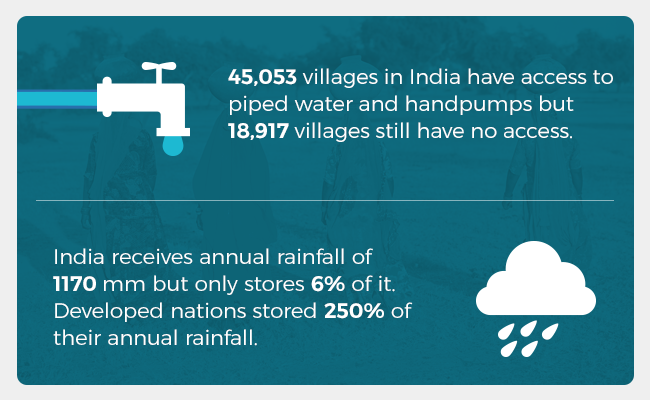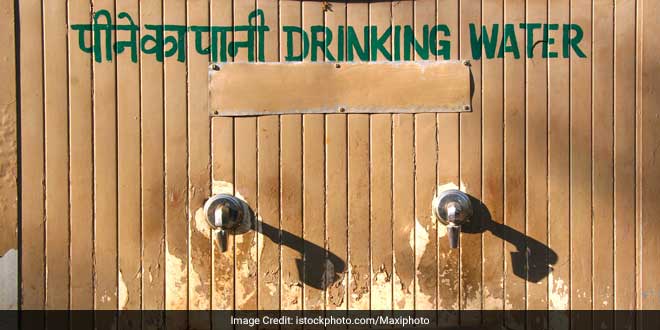Drinking Water and Usable Water Solutions
-
Provide drinking water to rural and underserved communities
-
Provide water tanks and bore wells where needed
-
Provide Reverse Osmosis (water purification) in water scarce villages
-
Deep Continuous Contour Trenching (Deep CCT) – partner with local village organizations and leaders to create rainwater storage.
Facts and Statistics:
76 Million Don’t Have Safe Drinking Water: India’s Looming Water Crisis
Nearly 76 million people in India do not have access to safe drinking water, as polluted rivers and poor storage infrastructure over the years has created a water deficit which may become unmanageable in the future.
Key Highlights:
- India is heading towards an unmanageable water crisis
- By 2030 India will have a water deficit of 50 per cent
- River pollution and poor storage infrastructure main reasons for scarcity
 Water being tested before use is quite common in India
ata collected from the Ministry of Drinking Water and Sanitation states that 45,053 villages had access to piped water and handpumps by the end of 2016-17, accounting for 64.19 per cent of India. Almost 19,000 villages across the country still do not receive regular water supply.
Water being tested before use is quite common in India
ata collected from the Ministry of Drinking Water and Sanitation states that 45,053 villages had access to piped water and handpumps by the end of 2016-17, accounting for 64.19 per cent of India. Almost 19,000 villages across the country still do not receive regular water supply.










